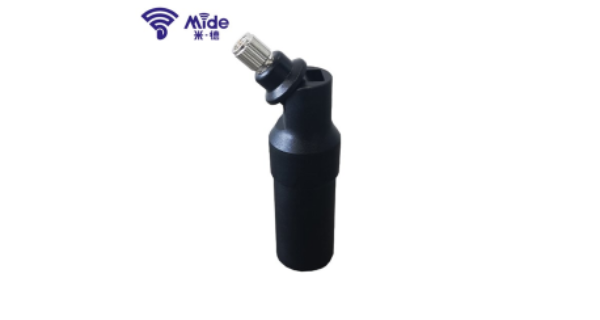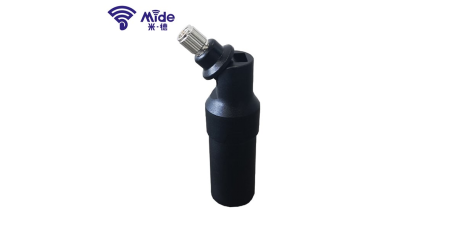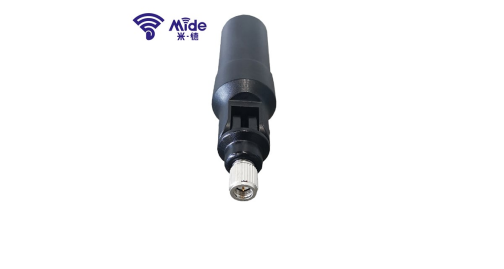News
Site Editor
 Site
https://mide-act.usa72.wondercdn.com/uploads/image/635cdcc32f0fa.png
In this article, we will discuss the latest development of four arm spiral antennas.
Site
https://mide-act.usa72.wondercdn.com/uploads/image/635cdcc32f0fa.png
In this article, we will discuss the latest development of four arm spiral antennas.
A Latest Development of Four Arm Spiral Antennas
Views: 531
Author: Site Editor
Publish Time: 2023-05-11
Origin: Site
Introduction
Antennas are crucial components in wireless communication systems and play a vital role in the transmission and reception of electromagnetic signals. The four arm spiral antenna is a popular type of antenna that has been widely used in various applications, including navigation and satellite systems. In this article, we will discuss the latest development of four arm spiral antennas.
Advantages of Four Arm Spiral Antennas
The four arm spiral antenna is known for its wide circularly polarized radiation beam and high gain at lower elevation positions. It also has several advantages, such as a compact structure, small size, light weight, and no need for reference ground. These features make it ideal for use in navigation and satellite systems.

Traditional Design of Four Arm Spiral Antennas
The traditional design of four arm spiral antennas consists of four spiral arms, an outer conductor, an inner conductor, a matching device, an electrical connector, etc. This type of antenna is fed to each of the four spiral arms using four currents with equal amplitude and a phase difference of 90°.
Latest Development in Four Arm Spiral Antennas
Recent developments have optimized the design of the Barron structure of four arm spiral antennas. The latest study opened four slots with equal width and a certain length pattern at the feeding end of the outer conductor to optimize the Barron structure design. The arrangement order of the slots is determined by the rotation direction of circular polarization. The four slots with a certain length pattern only generate the 90° phase difference required for the antenna, achieving phase control. The two ends of the four spiral arms of the spiral antenna are respectively connected to the feeding end and non-feeding end of the integrated outer conductor, and the four spiral arms only generate the required directional pattern of the antenna without phase control, further simplifying the structure of the four arm spiral antenna and reducing the difficulty of designing and debugging the four arm spiral antenna.
Comparison with Traditional Antennas
The antenna with this Barron structure was processed and compared with the traditional four arm spiral antenna. The test results showed that the level fluctuation of the antenna within the ±45◦ scanning angle range was less than 0.75 dB, slightly better than the 0.8 dB of the traditional antenna; Within the scanning angle range of ±60◦, the level fluctuation of both the antenna and traditional antenna is less than 2 dB; However, within the scanning angle range of ±80◦, the level fluctuation of the designed antenna is significantly better than that of traditional antennas (4 dB<5 dB). The maximum gain of the designed antenna at the center frequency point is relatively small compared to traditional antennas, but the level fluctuation (gain) of the antenna in this paper is slightly better than that of traditional antennas within the required scanning angle range.

Conclusion
The new design of four arm spiral antennas provides a simpler and more efficient alternative to traditional four arm spiral antennas. This optimized Barron structure design reduces the complexity of designing and debugging the antenna while maintaining high performance. As a result, it is expected to be widely used in future navigation and satellite applications.
Take advantage of Mide's professional and reliable GNSS products and solutions for your high-precision positioning applications worldwide. As a leading OEM manufacturer, we specialize in developing and manufacturing GNSS antennas, receivers, and solutions used in land surveying, unmanned systems, deformation monitoring, digital construction, navigation, smart city, automatic driving, and more. With our constant innovation and boundary-breaking technology, we provide robust products and reliable high-precision solutions to transform your work methods more efficiently. Choose Mide today and experience the benefits of GNSS technology in your industry.





